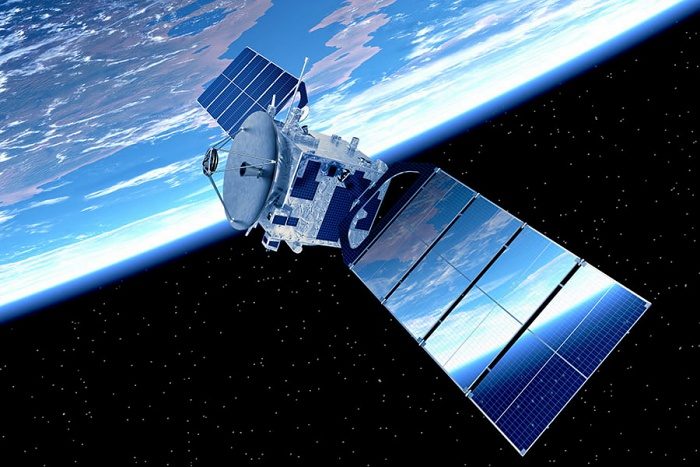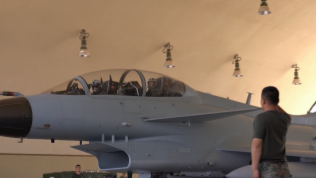
By Feng Songjiang
The US Department of Defense released the brief report of Space Defense Strategy on June 17, clarifying that the US will accelerate its war readiness in space over the next 10 years. The strategy aims to deter opponents in a complex security environment characterized by great power competition. Following the US National Security Strategy and National Defense Strategy, the report demonstrates the US government's hegemonic concepts of "America First" and "maintaining space superiority."
The Pentagon enacts the space strategy by the excuse that countries such as Russia have weaponized space into a war-fighting domain through their development, testing, and deployment of counter-space system, jeopardizing the military effectiveness of US and its allies in space and presenting a great strategic threat to the US.
A Russian congressman refuted that the US is actually hindering all peace initiatives proposed by Russia. There is no doubt that the US is trying to make Russia the "scapegoat" for its space war preparations and using Russia's threat as an excuse to woo allies and ensure its space superiority.
To achieve the US government's policy goal of "ensuring its space superiority will never be challenged and threatened" and advancing spacepower to be able to "compete, deter, and win," the space defense strategy desires to realize the conditions of a "secure, stable, and accessible space domain" more quickly within the next 10 years, and also clarifies that the US will advance spacepower through the pursuit of three objectives: Maintain Space Superiority; Provide Space Support to National, Joint, and Combined Operations; and Ensure Space Stability.
To achieve the aforesaid goals, the US put forward four priorities in the strategy as follows:
First, build a comprehensive military advantage in space. Specific measures include strengthening the foundations of military spacepower, developing and deploying reliable space warfighting capacities, innovating space military and combating theories, and improving intelligence and command-and-control capabilities.
Second, integrate military space power into national, joint, and combined operations. Specific measures include enabling the US Space Command to plan, exercise, and execute joint and combined space operations across the spectrum of conflict; integrating space warfighting operations, intelligence, and personnel into military plans and staffs; and integrating allies and partners into plans, operations, exercises, engagements, and intelligence activities.
Third, shape the strategic environment in favor of the US. In fact, it aims to tout for the growing space threats to the public and formulate standards and norms of behavior favorable to US interests.
Fourth, cooperate with allies, partners, industry, and other US government departments and agencies. Specific measures include expanding information-sharing with capable allies and partners; expanding cooperative research, development, and acquisition with allies and partners; and leveraging commercial, technological advancements and acquisition processes.
So far, the US has formed the Space Development Agency, Space Command, and Space Force, laying the groundwork for its accelerated development of military spacepower. Guided by the strategy, the US will quicken its pace to advance military space power and secure an overall military superiority in space over the next 10 years. By so doing, the US will bring the weaponization of space into a fast lane, intensify the space arms race and undermine global strategic stability.
(The author is from the Research Center for Space Security at the People's Liberation Army Strategic Support Force (PLASSF) Space Engineering University.)













